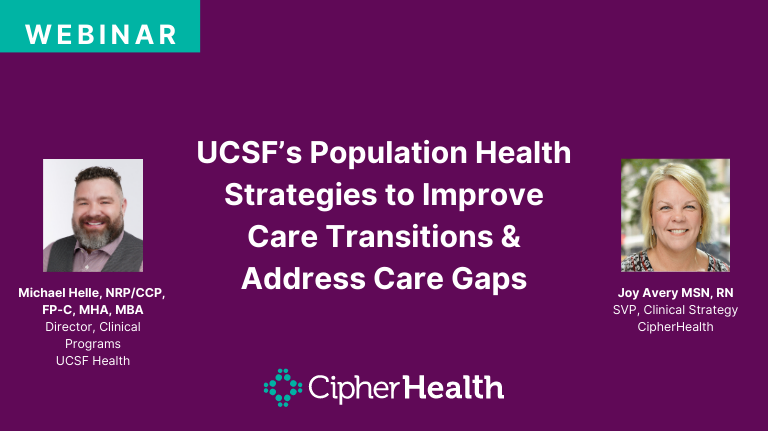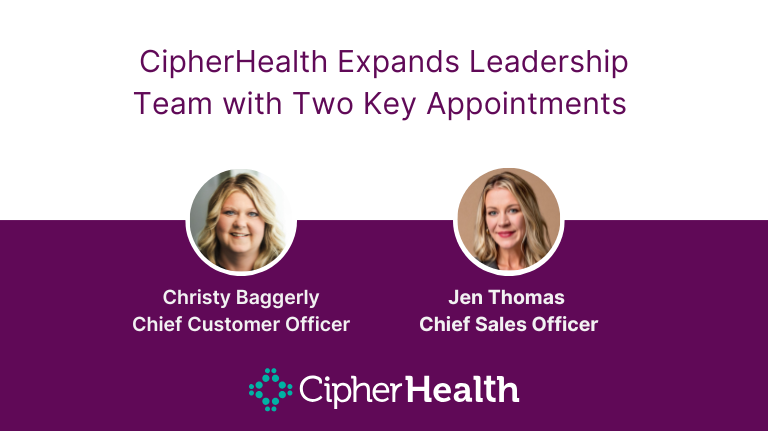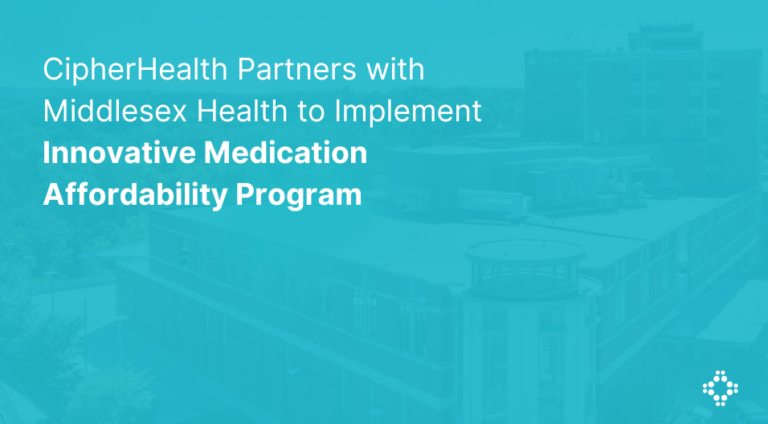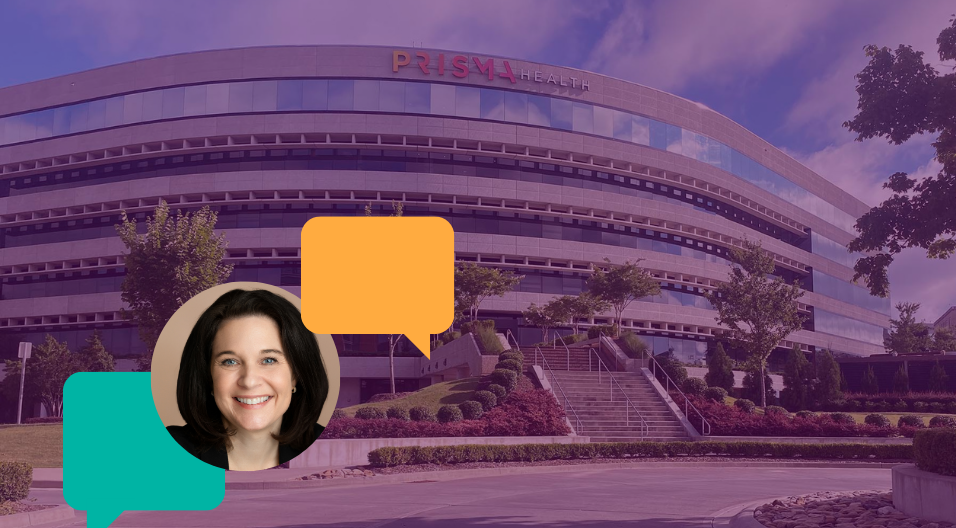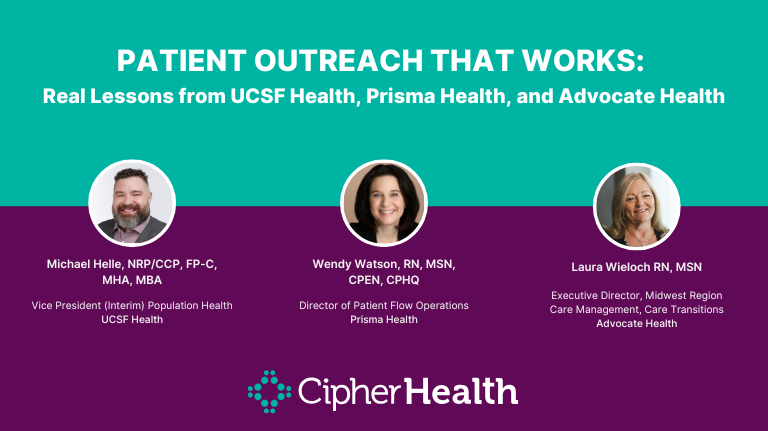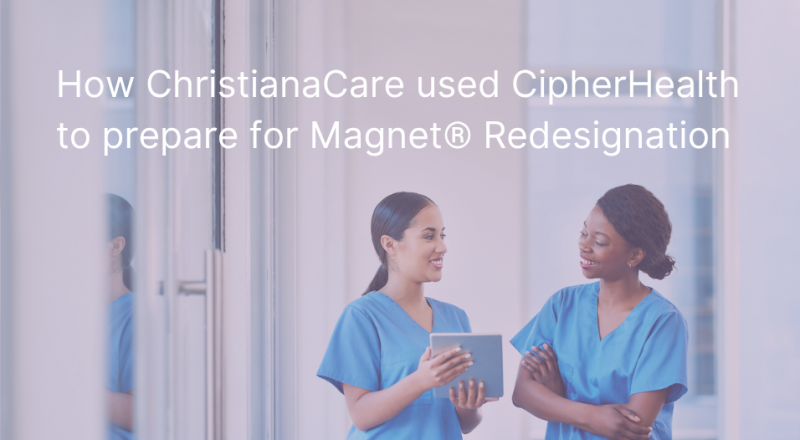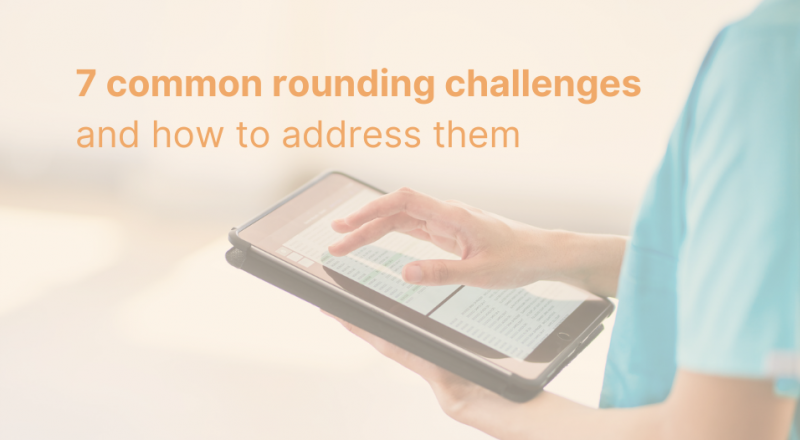As the largest healthcare organization in South Carolina and Tennessee, Prisma Health serves more than 1.5 million patients annually across 8.5 million visits, 19 acute and specialty hospitals, over 400 practices, 3,300 employed providers, and 5,500 more in their extended network.
During our recent webinar, we spoke with Wendy Watson, Director of Patient Flow Operations at Prisma Health, about how the system implemented its inpatient post-discharge outreach program.
Given the size of the health system, reaching patients after discharge is no small task. But they had a unique advantage: their centralized triage program has been in place for more than 25 years. Watson, who has been part of that team for 18 years, said the structure and relationships were already there, positioning them to scale outreach quickly.
Here’s how they reach millions of patients each year.
Building on Existing Expertise
Before CipherOutreach, the team managed post-discharge hotlines, but tracking and trending issues was difficult. “It was very hard to get a good picture to share of what we were seeing,” Watson said.
Prisma’s goals were clear: reduce avoidable readmissions, optimize post-visit service recovery, increase patient engagement through multi-channel outreach, and turn data into actionable insight.
Using CipherOutreach, all patients discharged from the hospital or emergency department receive an automated follow-up call—unless they transfer to another facility, discharge to hospice, or pass away during their visit. For emergency department discharges, outreach begins within 24 hours. If a patient doesn’t respond, the system makes up to three attempts.
Calls and texts are offered in both English and Spanish, but patients are also engaging in many other languages thanks to language apps and text-based communication. “That was kind of an unexpected benefit of this program,” Watson said.
At Prisma, a dedicated triage team was already in place—supporting over 250 practices and 21 specialties.
“It was really easy to layer this work into that team,” Watson explained, “because they already had the workflows, they already had the knowledge.”
With those pieces in place, the team could route routine outreach through automation, while reserving live nurse intervention for when it was truly needed.
Smart Scaling Across Hospitals and Conditions
Since launching the program in late 2023, Prisma has reached more than 615,000 patients through automated calls and texts. But they didn’t stop there.
They’re continuing to evolve the program by layering in condition-specific outreach, starting with heart failure and stroke. These programs include multiple touchpoints over a 30-day period, with dynamic, diagnosis-based questions designed to surface issues early. If a patient indicates confusion around medications or reports new symptoms, the system flags them for immediate triage by a live nurse.
Prisma also started testing how the order of outreach affects response rates. Based on early patient feedback, they flipped their model in June—sending texts first and using phone calls as the follow-up.
“The verdict is still out,” Watson said, “but we want to see if that helps us reach even more people.”
Using Data to Close the Loop for Patients
With CipherHealth’s custom dashboard, Watson and her team can sort and analyze outreach results by unit, campus, patient demographics, and even length of stay. That visibility helped them understand where issues were occurring.
“This dashboard has really excited our executive leaders, also our nurse managers, the boots on the ground leaders,” Watson shared. “It reignited their excitement around this project and what we’ve been able to accomplish.”
From simplifying discharge instructions to improving referral management and follow-up scheduling, the team has used these insights to cut confusion and close the loop faster for patients.
As Prisma Health looks to expand outreach across more conditions and campuses, one thing is clear: a well-supported, data-driven team can do big things that have a positive impact across all of the communities they serve.
Click here to watch the on-demand recording of the webinar to learn more.
